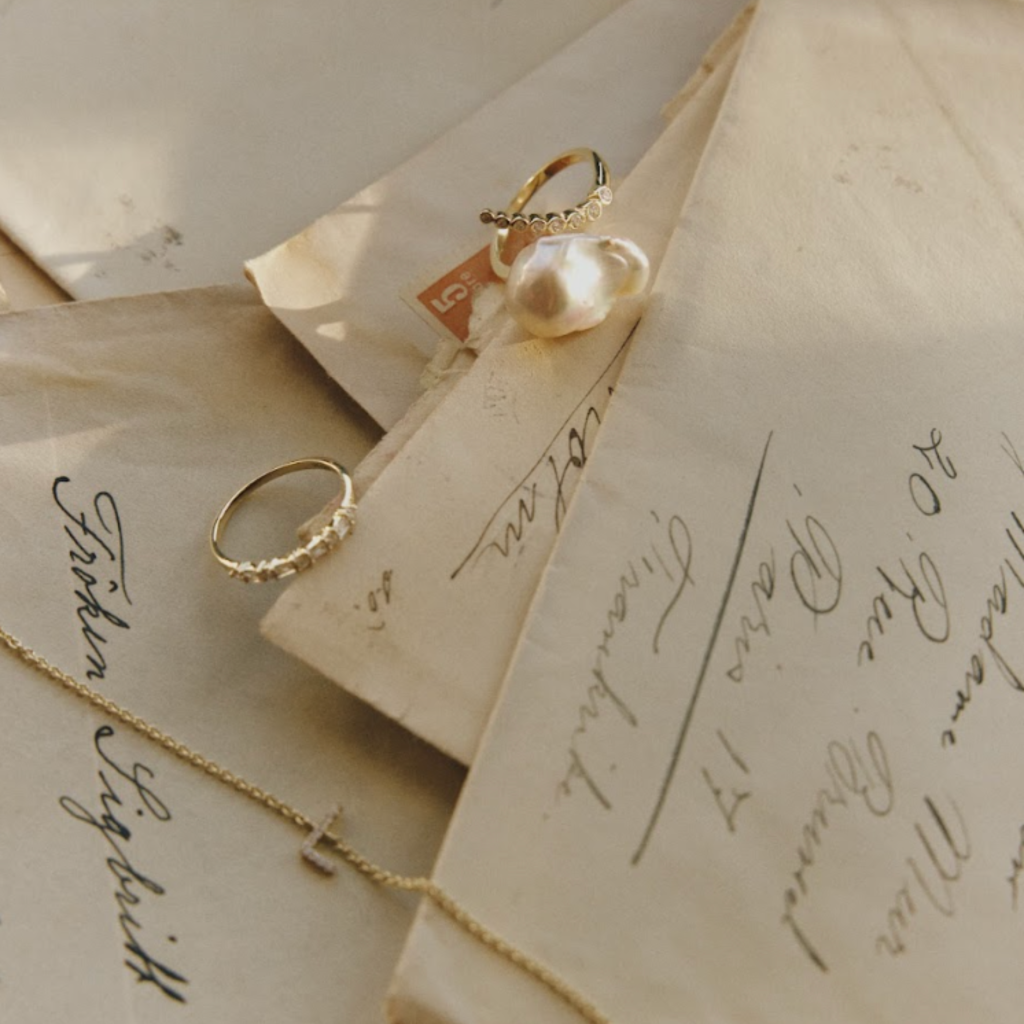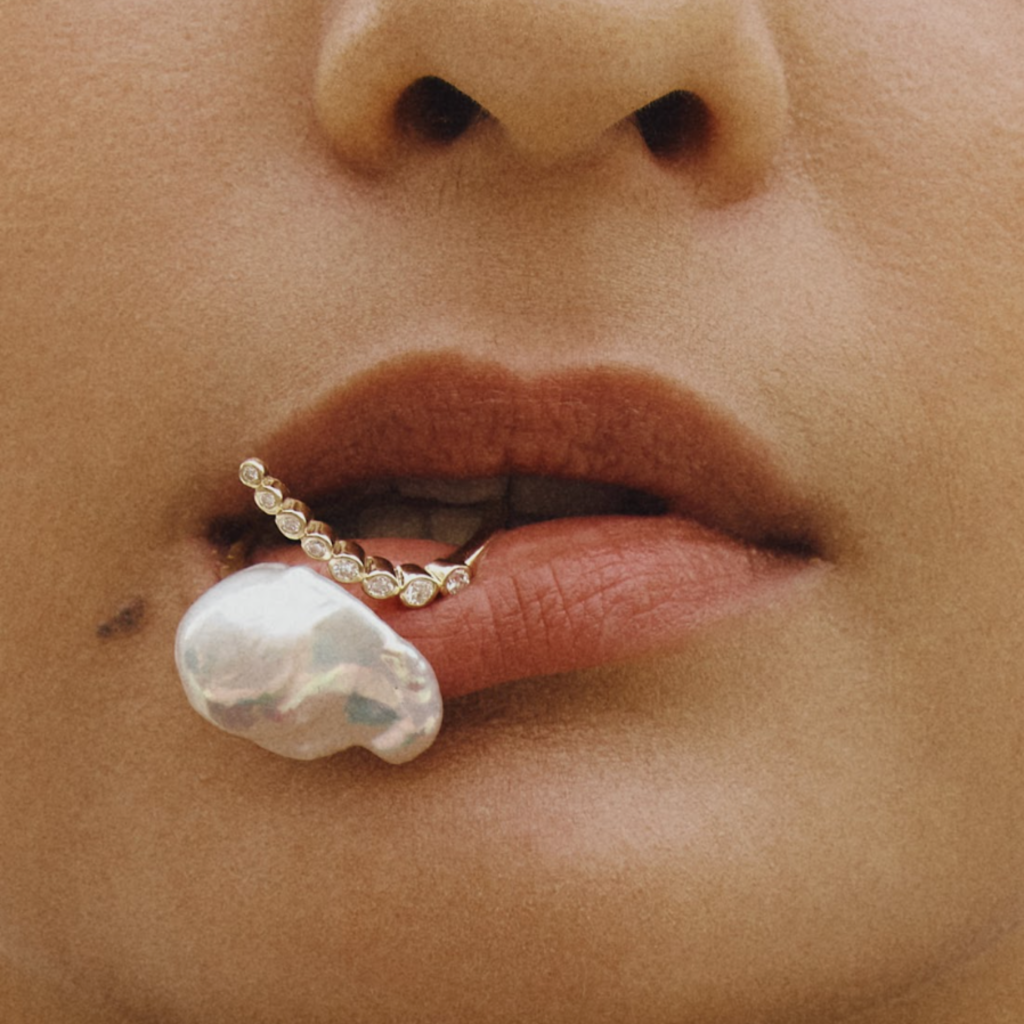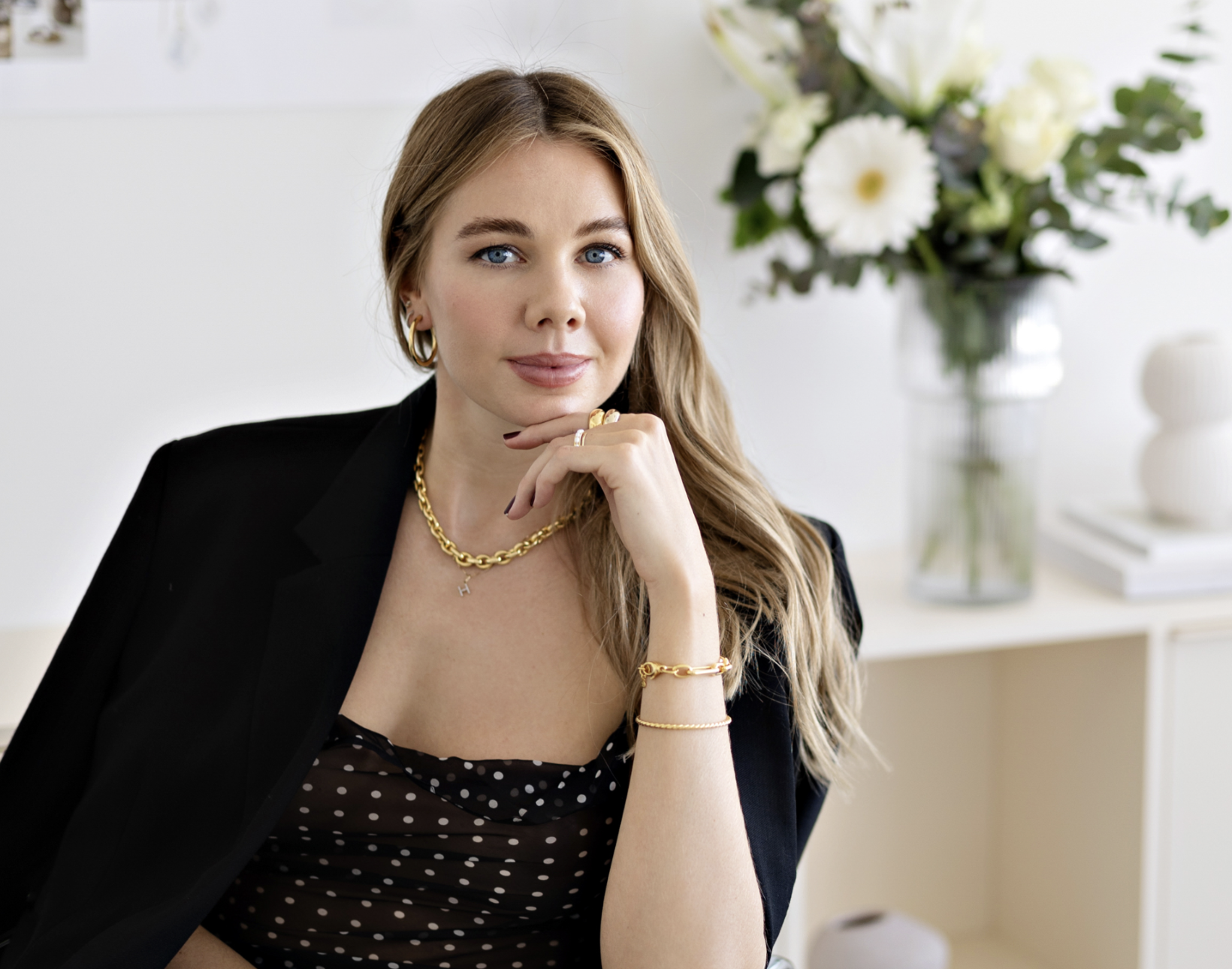Helena Maria Rupp is the Co-Founder and Creative Director of BRUNA The Label, a jewellery brand she has passionately led since its inception in September 2019. With a deep-rooted commitment to timeless designs and responsible practices, she has driven BRUNA to become a fast-growing, young jewellery brand, which just celebrated five years.
She holds a Master of Arts in International/Global Studies from the University of Graz, where she focused on Business Administration, Management, and the intersection of climate change and technological development.
What inspired you to join the Responsible Jewellery Council (RJC)?
We recognise the vital importance of earning and maintaining third-party certifications that attest to our dedication to people and the planet. Certifications are not just badges – they represent the culmination of hard work and the continuous efforts we make both internally and in our supply chains to create a more responsible jewellery industry with a view to continuous improvement.
That’s what inspired us to join the Responsible Jewellery Council, the leading authority for sustainability standards in the global watch and jewellery industry.
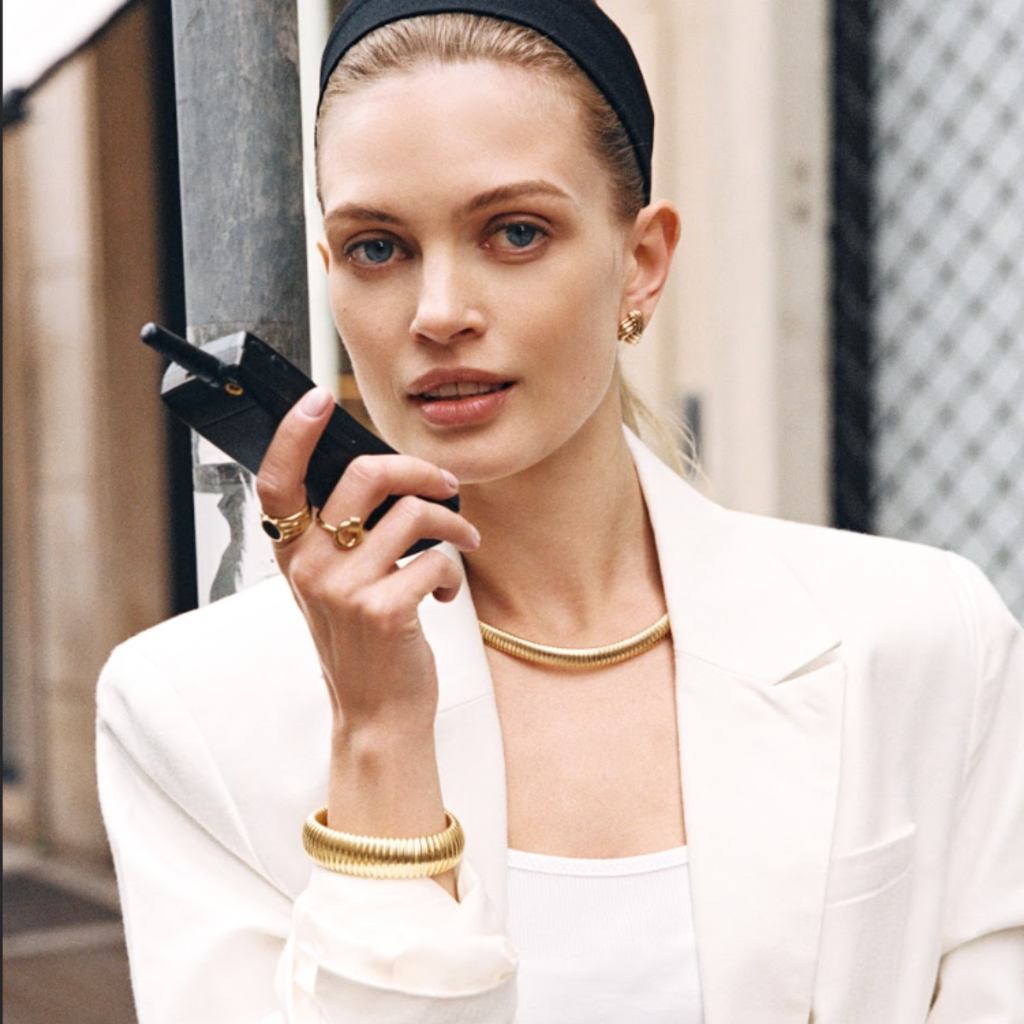
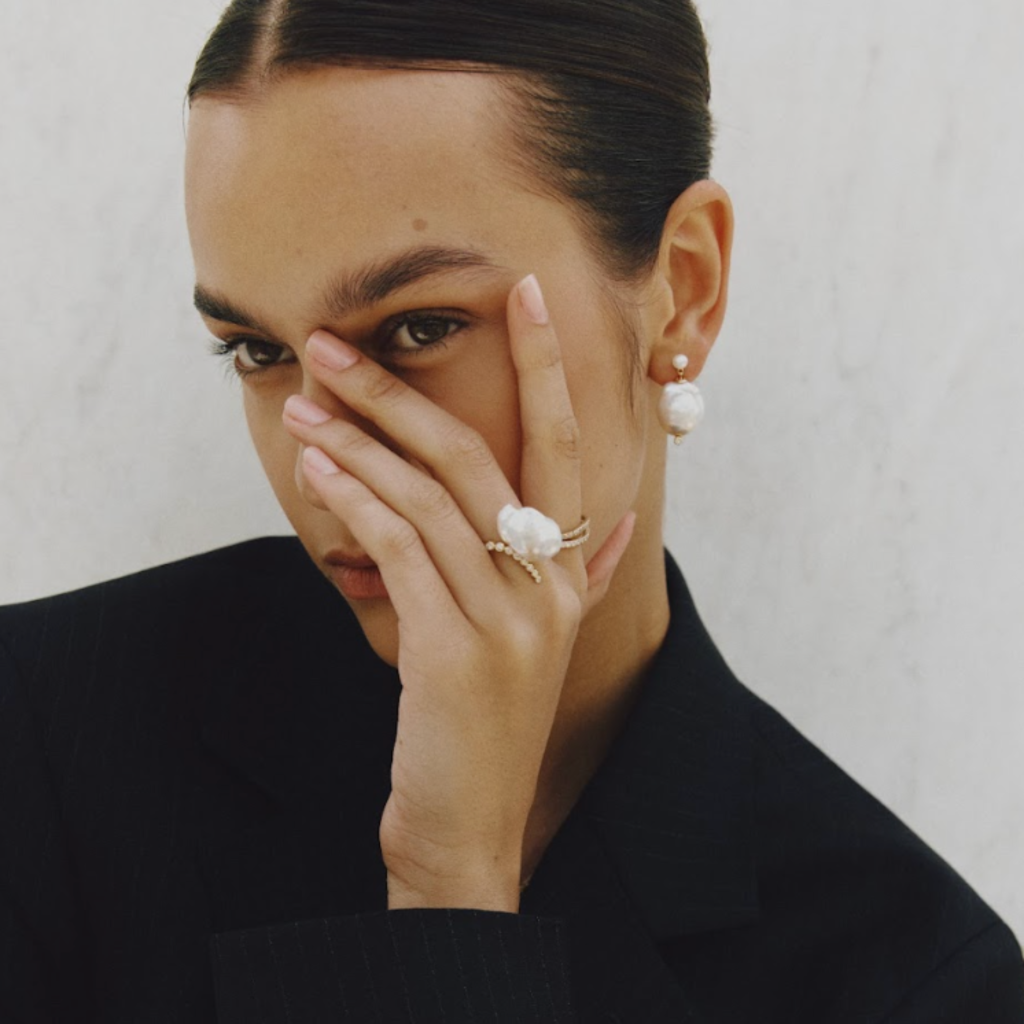
What does a ‘responsible business’ look like to you?
At BRUNA The Label, we’ve been dedicated to timeless design, high quality, and responsible practices ever since we founded the company, from a chance discovery on the island of Tahiti. Here, the discovery of keshi pearls – perfectly imperfect, beautifully unique byproducts of the pearl farming industry – sparked the inspiration for what would become BRUNA.
We believe that the beauty of a jewel lies in the memories it brings back, or creates, as it becomes a precious heirloom. Jewellery also draws its beauty from the natural elements it is made or inspired from, and the expertise of jewellery makers. That’s why a ‘responsible business’ is one that is committed to protecting and conserving natural resources, while also protecting the rights of workers along the entire supply chain, so that the jewellery industry becomes a source of dignified work and value creation for all.
How important is sustainability in the jewellery industry?
The jewellery industry is complex, embracing individuals and communities around the world. While steeped in tradition and centuries-old practices, the jewellery industry stands at a critical juncture and is ripe for transformative change. Growing consumer expectations on responsible sourcing and the adoption of innovative technologies like laboratory-grown diamonds are reshaping how jewellery is made and valued.
Sustainability is critically important in the jewellery industry because every choice that jewellery businesses make can have profound environmental and social impact, and vice-versa.
On the one hand, the choices we make regarding material sourcing, jewellery production, and jewel delivery to customers can have implications for the health of our planet and the well-being of its inhabitants. On the other hand, the jewelry industry relies heavily on natural resources and global supply chains.
Biodiversity, the foundation of life, plays a crucial role in maintaining the ecosystems that allow us to source beautiful natural products like pearls. Millions of individuals in developing and emerging economies – from artisanal miners to pearl farmers – also play integral roles in bringing our treasured pieces to life, yet continue to grapple with poverty and economic insecurity.
In this context, sustainability represents not just a challenge, but also an opportunity. Through collaborative action, we can pioneer new models of production and consumption, we can embrace the global call to action for greater transparency and accountability, and we can empower communities to thrive.
How do you implement sustainability into your business?
We believe that no product-based company can ever be fully sustainable, as there will always be a balance between the positive contributions, like job and value creation in producing communities, and the unavoidable environmental footprint from resource consumption, production, and product distribution.
Within this context, we do our best to implement responsible practices throughout every facet of our business, from jewellery design through to the final delivery of our products.
To this end, we have developed an Environmental, Social, and Governance (ESG) strategy, articulated in our ESG Policy, which embraces three impact priorities: protecting and restoring natural ecosystems, inspiring and empowering the BRUNA community, and challenging and championing a better jewellery industry.
In practical terms, implementing sustainability into our business means undertaking a variety of tasks, from taking climate action, to undertaking supply chain due diligence, to supporting artisanal mining communities, to adopting diverse and inclusive marketing strategies, to philanthropy.
For each area of our ESG Policy, we have developed a set of goals we aim to achieve by 2030. These goals were designed to contribute to the Sustainable Development Goals of the United Nations (UN), a set of 17 global goals adopted by the UN to promote peace and prosperity for both people and the planet. Our 2030 goals guide our decision-making processes and are deeply embedded into our quarterly company and departmental objectives.
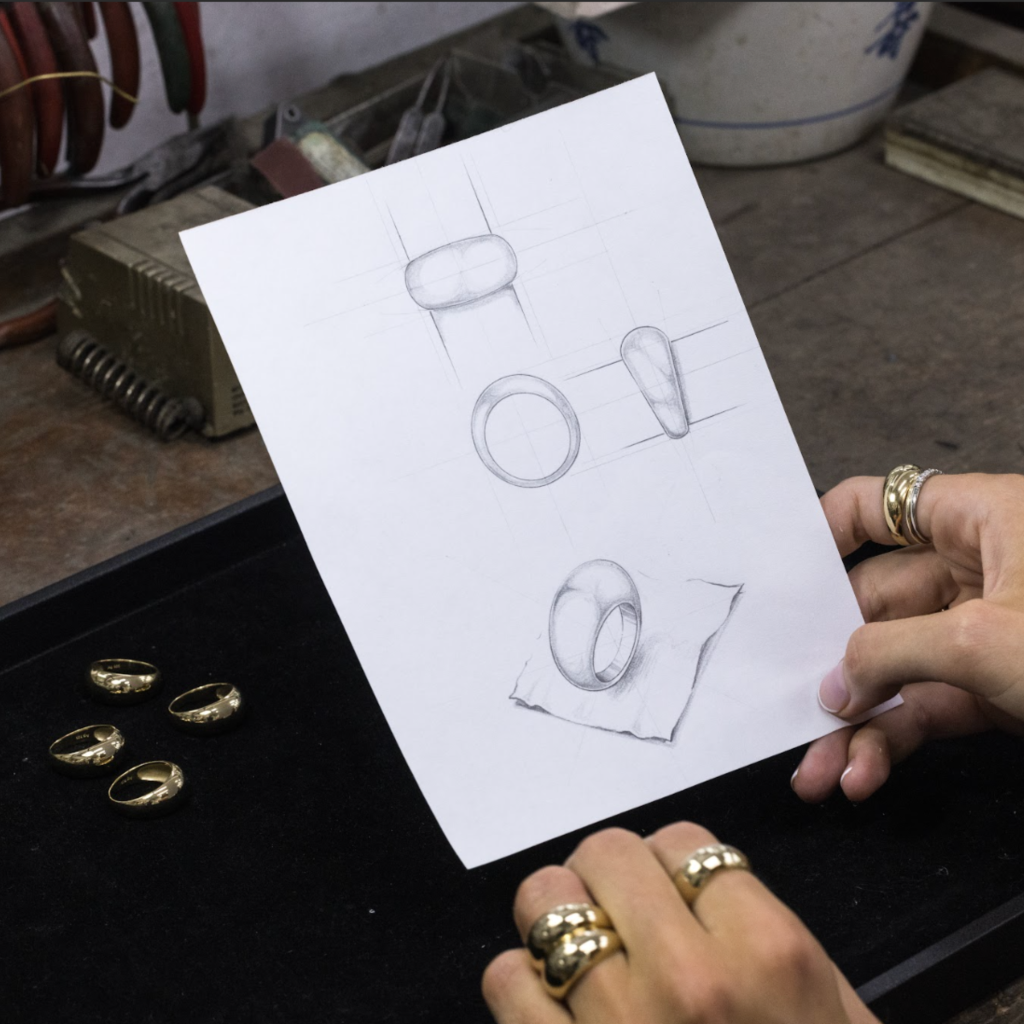
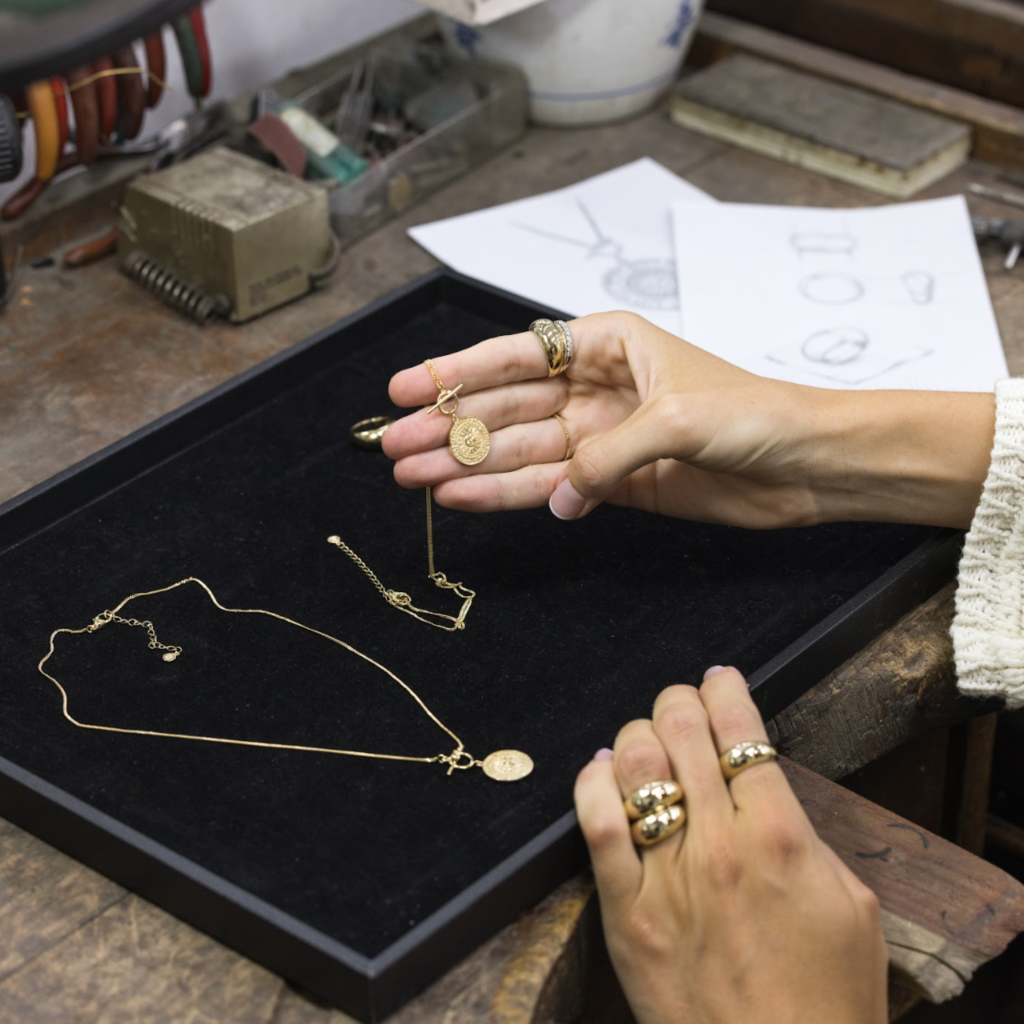
Tell us about the inspiration behind BRUNA?
Our story began in Tahiti with the discovery of rare keshi pearls – a material whose imperfection kindled a unique idea. Seeing the potential of these overlooked pearls, which were destined to be thrown away, my partner and I were inspired to create something different, transforming a material that many considered imperfect into something new that reflected the natural beauty of French Polynesia and mother nature more broadly.
By transforming perfectly imperfect pearls into jewellery, we also aim to celebrate the unique beauty of each individual, distinctive identity and outstanding style, aiming to inspire and connect with those who value authenticity and self-expression.
Where do you see BRUNA in 5 years?
In five years, I envision our brand as a global leader in responsible luxury. We will expand our product offerings, anticipating new trends and responding to the emerging needs of our community, while creating timeless high-quality pieces, eventually becoming heirlooms.
In five years, we will have also made strides towards our 2030 environmental, social, and governance objectives. While we’re proud of our journey so far, we know that there is more we can do to do our part to build a responsible jewellery industry. Our 2030 goals aren’t just about making a statement – they’re a public pledge and a promise to our community, partners, and the planet that we’re in for the long haul.
Last, but not least, we plan to strengthen our partnerships with communities and organisations that share our values, for example, The Impact Facility, ensuring that our growth directly contributes to the well-being of those involved in the jewelry industry. By continuing to invest in the causes that we care deeply about, we aspire to be recognised not just for the beauty of our jewellery, but for the small, yet meaningful, positive change we aim to catalyse.
What is the most exciting part about working in the jewellery industry?
One of the most exciting aspects of working in the jewellery industry is the opportunity to explore unexpected places, and people, around the world. I have learned a lot, both personally and professionally, by meeting pearl farmers in French Polynesia, jewellery makers in Thailand, jewellery experts in Italy, and beyond. Each location and community has its own rich traditions, techniques, and stories, allowing you to immerse yourself in different cultures and bringing a piece of that heritage into your designs, balancing tradition with cutting-edge technology.
As (for now) an online retailer working in the fast-paced social media era, there’s also always something new to discover and to learn in this digital space. This constant learning keeps the work fresh and exciting, as you’re always adapting and growing with the industry.
